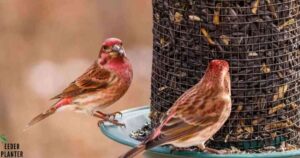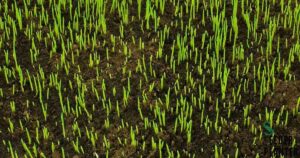Starting flower seeds involves germinating and nurturing seeds indoors before transplanting them outdoors, allowing for controlled conditions that promote healthy seedling growth and early establishment in the garden.
Embarking on the journey of starting flower seeds is like orchestrating a botanical symphony in the palm of your hands. As you sow the seeds of possibility, each delicate sprout becomes a promise of vibrant blooms and the joyous unveiling of nature’s artistry in your own garden sanctuary.
The art of nurturing beauty from its very inception by learning how to start flower seeds. From selecting the right varieties to providing optimal conditions, this guide ensures a flourishing garden born from your hands.
Process involved in How to start flower seeds indoors
Planting flowers involves several steps to ensure successful growth and blooming. Here is a general guide to the process:
1.Choose the Right Location
- Consider the sunlight requirements of the specific flower seeds species. Some flowers thrive in full sun, while others prefer partial shade.
- Ensure good soil drainage to prevent waterlogging, as most flowers prefer well-drained soil.
2.Prepare the Soil
- Test the soil to determine its pH and nutrient levels. Amend the soil as needed to create an optimal growing environment.
- Add organic matter, such as compost, to improve soil structure and fertility.
3.Select the Right Flowers
- Choose flowers that are suitable for your climate and soil conditions.
- Consider factors like the height, color, and bloom time of the flowers to create an aesthetically pleasing garden.
4.Purchase Healthy Plants or Seeds:
- If you are starting with seeds, follow the instructions on the seed packet for planting depth and spacing.
- If using plants, select healthy specimens with vibrant foliage and no signs of disease or pests.
5.Planting
- Dig a hole that is twice as wide as the plant’s root ball or the anticipated spread of the seeds.
- Place the plant in the hole at the same depth it was in the nursery container.
- Fill the hole with soil, tamp it down gently, and water thoroughly.
6.Watering
- Water the newly planted flowers immediately after planting to help settle the soil.
- Provide regular watering, especially during dry periods, to keep the soil consistently moist.
7.Mulching
- Apply a layer of mulch around the flowers to retain soil moisture, suppress weeds, and regulate soil temperature.
8.Fertilizing
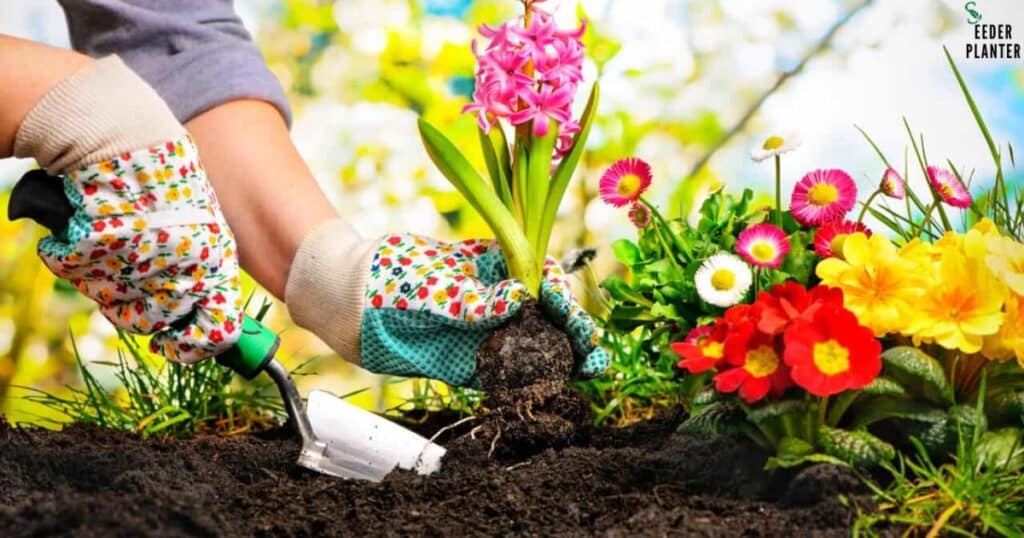
- Fertilise according to the specific needs of the flower species. Some flowers benefit from a slow-release fertiliser applied in the spring.
9.Pruning and Deadheading
- Prune and deadhead flowers as needed to encourage bushier growth and continuous blooming. Remove spent flowers to redirect energy into new growth.
10.Pest and Disease Management
- Keep an eye out for pests and diseases. Treat any issues promptly with organic or chemical solutions, as appropriate.
11.Staking (if needed)
- Some taller flowers may require staking to provide support and prevent them from bending or breaking.
12.Enjoy and Maintain
- Once the flowers are established, enjoy the beauty of your garden. Regular maintenance, including weeding and monitoring for pests, will help keep your flower bed healthy.
Remember that the specific requirements may vary depending on the type of flowers you are planting, so it’s a good idea to research the specific needs of the flowers you choose.
Benefits of indoors flower seeds
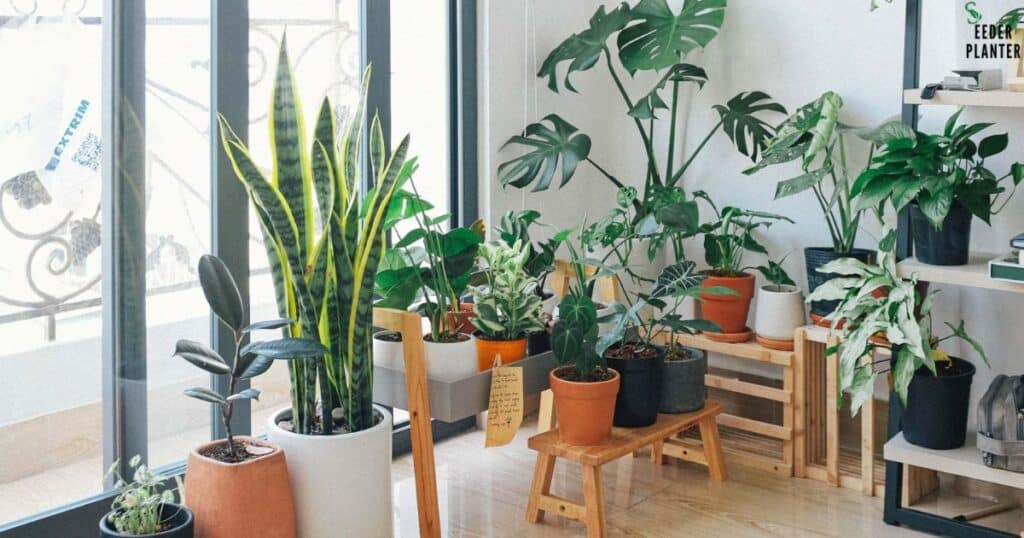
There are following Benefits to plant seeds flower indoors
Planting flower seeds can offer a variety of benefits, both for the environment and for personal well-being. Here are some advantages of planting flower seeds:
Aesthetic Appeal: Flowers add color, beauty, and visual appeal to any environment. Whether in a garden, on a balcony, or in a window box, flowers can enhance the overall aesthetic of a space.
Biodiversity: Flowers attract pollinators such as bees, butterflies, and hummingbirds. By planting a variety of flowers, you contribute to biodiversity and support the health of ecosystems.
Environmental Benefits: Flowers play a role in ecological balance. They can help prevent soil erosion, provide habitat for beneficial insects, and contribute to the overall health of the ecosystem.
Emotional Well-being: Gardening, including planting and tending to flowers, has been linked to improved mental health. The act of nurturing plants can reduce stress, anxiety, and depression.
Educational Value: Planting flower seeds can be an educational activity for both adults and children. It provides an opportunity to learn about plant life cycles, ecosystems, and the importance of environmental conservation.
Low Maintenance: Many flower varieties are relatively easy to grow, making them suitable for novice gardeners. Low-maintenance flowers can thrive with minimal care, making gardening accessible to a wide range of people.
Cost-Effective Landscaping: Planting flowers from seeds can be more cost-effective than buying mature plants. It allows for a larger variety of flowers at a lower cost.
Personal Satisfaction: Watching flowers grow from seeds can be a rewarding experience. The sense of accomplishment and connection with nature can contribute to personal satisfaction and well-being.
Seasonal Variety: Different flowers bloom at different times of the year, providing seasonal variety and interest in your garden. This can create an ever-changing landscape throughout the year.
Air Quality: Plants, including flowers, contribute to improved air quality by absorbing carbon dioxide and releasing oxygen. This can contribute to a healthier environment, especially in urban areas.
Community Building: Gardening can bring people together. Sharing seeds, tips, and experiences with neighbours or joining a community garden fosters a sense of community and social interaction.
Frequently Asked Questions
Why plant flower seeds instead of buying mature plants?
Planting flower seeds is cost-effective and allows for a wider variety of flowers, offering a sense of accomplishment as they grow.
How do flowers contribute to environmental health?
Flowers attract pollinators, prevent soil erosion, and support biodiversity, contributing to the overall health of ecosystems.
What emotional benefits come from planting flower seeds?
Gardening with flower seeds has been linked to improved mental health, reducing stress and providing a satisfying connection with nature.
What role do flowers play in air quality improvement?
Flowers absorb carbon dioxide and release oxygen, contributing to improved air quality and creating a healthier environment, particularly in urban areas.
Final Thoughts
Planting flower seeds is not just an agriculture endeavour; it is a journey of beauty, biodiversity, and well-being. As tiny seeds transform into vibrant blooms, they bring forth a kaleidoscope of colours.Which enhances the aesthetics of any space. Beyond their visual appeal, flowers serve as nature’s invitation to a diverse array of pollinators
Gardening with flower seeds transcends the physical act; it nurtures mental well-being. And it offers moments of tranquillity and satisfaction. The cost-effective and accessible nature of seed planting makes it an inclusive joy. Moreover, these blooms are not mere ornaments. They actively contribute to cleaner air, absorbing carbon dioxide and releasing oxygen.
Thus, the simple act of planting flower seeds is a multifaceted investment. That yields not only delightful blossoms but also fostering a connection with nature. And it impacts a positive impact on our environment.

I am Alexander James, a seasoned professional with 4 years of expertise, brings passion and skill to every project. Elevate your experience with my knowledge and creativity.
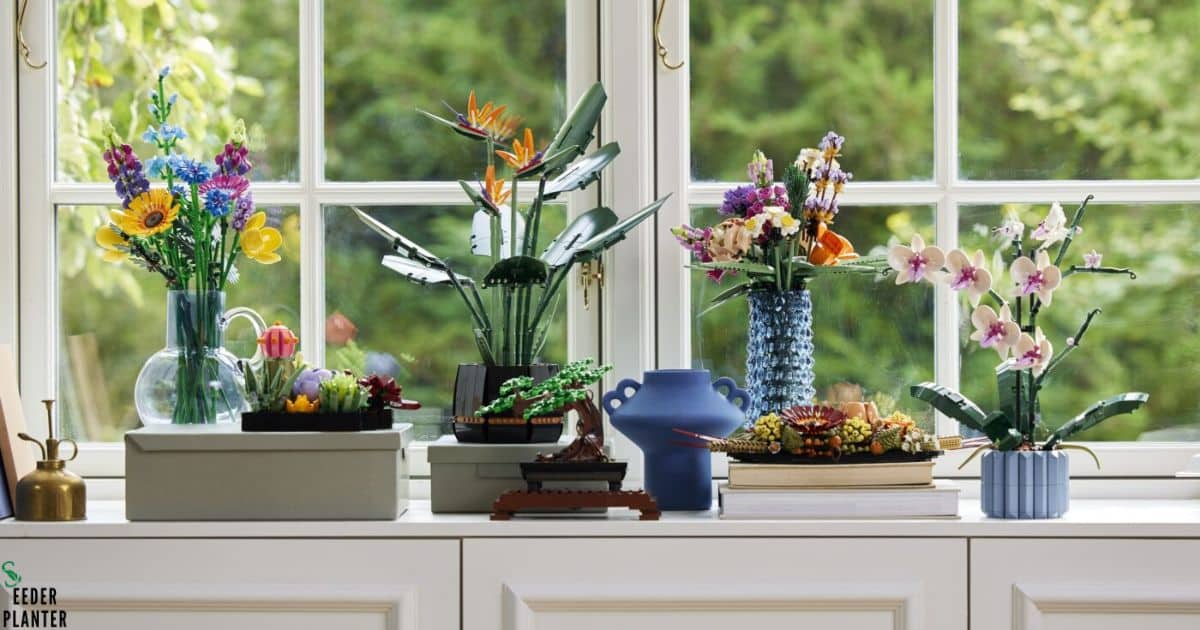


![Hollyhock Seeds: The Complete Guide to Success [2024]](https://seederabout.com/wp-content/uploads/2024/10/Hollyhock-Seeds-The-Complete-Guide-to-Success-2024-300x157.jpg)

